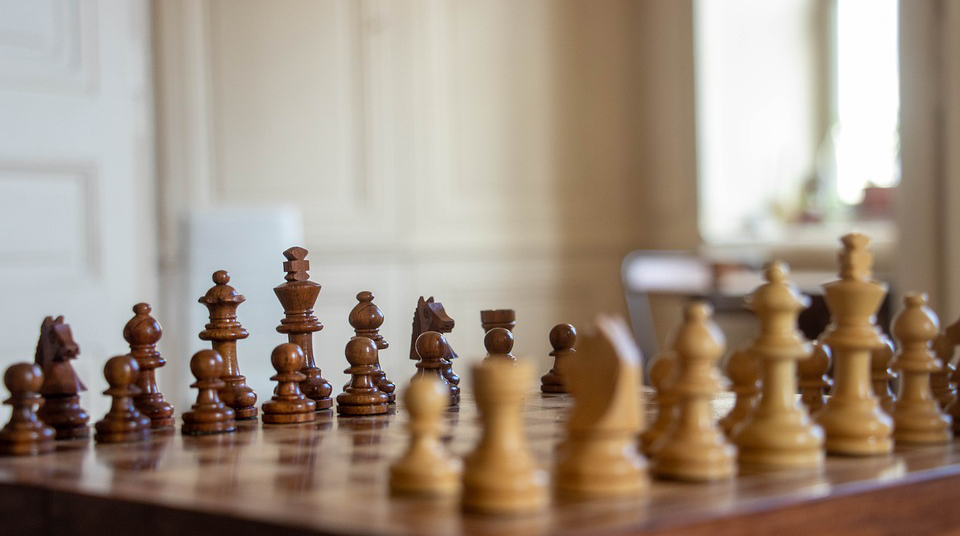You’ve probably heard about the theory of multiple intelligences by Howard Gardner by now. According to this psychologist, there ‘s no unique intelligence but there are eight different intelligences that can be developed independently.
As there are so many different intelligences, each person has some of them more developed than others, becoming the corresponding strengths and weaknesses. In education it ‘s really important to ensure the proper development and empowerment of students’ different intelligences.
As far as we know, each intelligence proposed by Gardner it’s a whole world. This is why we’re addressing it with several posts in this blog, so we’ll focus on one type of intelligence each. Today, it’s time for mathematical-logical intelligence.
Do you know how to develop your students’ mathematical-logical intelligence? Keep on reading!

Before we start: what is mathematical-logical intelligence?
Broadly speaking, mathematical-logical intelligence is the ability to solve logical and mathematical problems, as well as the ability to think abstractly. Observation, analysis and synthesis are also part of this type of intelligence.
This intelligence has always been considered as the unique one, and it was used as the basis to establish the level of intelligence of a person. Over time, other types of intelligence have been considered, but mathematical-logical intelligence remains as the most important one in our current society.
Do you know that you can help develop mathematical-logical intelligence in class? Hereafter you’ll find some activities you can do in class, whether it’s primary or secondary education.

Activity 1: Mathematical problem resolution for all levels
No matter if you teach primary or secondary, mathematical problem resolution is a great option to boost their mathematical-logical intelligence. You can use a quizz to do so (remember you can use mathematically raised questions in Additio’s quizzes).
For primary students you can raise calculation problems according to their age, geometry problems, or similar. The most important point here is to exercise their reasoning and analysis skills to solve the problem.
For secondary students you can raise more complex mathematical problems, whether algebra, trigonometry or others. The most important point here is to reason the answer successfully and implement the analysis skill to solve problems.
Activity 2: Easier or more advanced logic games
Logic games are activities you can play either in primary or secondary. You can play strategy games like chess or go, or try other mathematical games such as sudoku or nonogram. In all these cases, playing these games in class will boost your students’ strategic thinking and it will also allow them to analyze patterns that help them with decision-making.
Take your time to properly explain what each game is about, the rules that must be followed and how to solve problems they may encounter. Also, it’s important you’re able to provide constructive criticism to your students so that they can learn from their mistakes as the game goes on.

Activity 3: Classification and sorting for primary students
Another activity you can try is to sort and classify objects, with primary students. The idea is for children to learn to sort objects/animals/and other elements according to their color/size/length/etc. and also to learn how to classify them in categories. As in the previous activity, it’s about analyzing patterns and empowering the analysis skill to solve the problem.

Activity 4: Research projects for secondary students
For secondary students, research projects are a useful way to boost their mathematical-logical intelligence. Although there are lots of different topics, here you have some:
- Analysis of statistical data: your students can search for statistical data about an issue of interest (shopping cart expenses, shopping on internet, use of internet, population data, etc.). Once they gather all the information, they can identify patterns and draw some conclusions. In a world where big data is increasingly more important, it is vital to educate young people to comprehend the concept and related analysis.
- Well-known maths sequences and theories: students can explore about mathematical theories, providing practical examples they’ve developed themselves and that can prove their knowledge. Some of these theories are: number theory, Fibonacci sequence, games theory, set theory…
- Probabilities: you can encourage your students to students probabilities and chance, with interesting practical exercises. You can also study probabilities by playing chance games in class such as bingo, lottery, dice, double or quits… An option to have fun in class with mathematical-logical intelligence.

Extra: top 3 rubrics to assess your students mathematical-logical intelligence
If you follow us on social media or you keep up with our newsletter, you’ll probably know by now we’ve just launched Additiopedia, a free resources bank by and for the teachers. We’ve chosen three rubrics that will help you assess your students’ mathematical-logical intelligence. It’s easy, just import!
- For different levels: rubric for problem solving skills. You can use this rubric at any level and you can check your students’ problem solving skills.
- For primary: rubric for problem resolution. Similar to the one mentioned before but for primary students. It emphasizes on the solution of daily life issues. With mathematical-logical intelligence development we’re not only dealing with problem solving in class, but we’re improving the ability to use this in our daily lives.
- For primary first courses: rubric on numbering and calculation. With this rubric calculation can be approached with children up to 9 years old. It also considers sorting ability and autonomous work.
Do you already know how you’ll work mathematical-logical intelligence with your students?
As you may have realized by now, there are lots of different ways to work this type of intelligence in class, but the most important aspect is to encourage your students.
Do you have any idea? Tell us on: Facebook, Twitter, Instagram y Youtube.
See you there!





